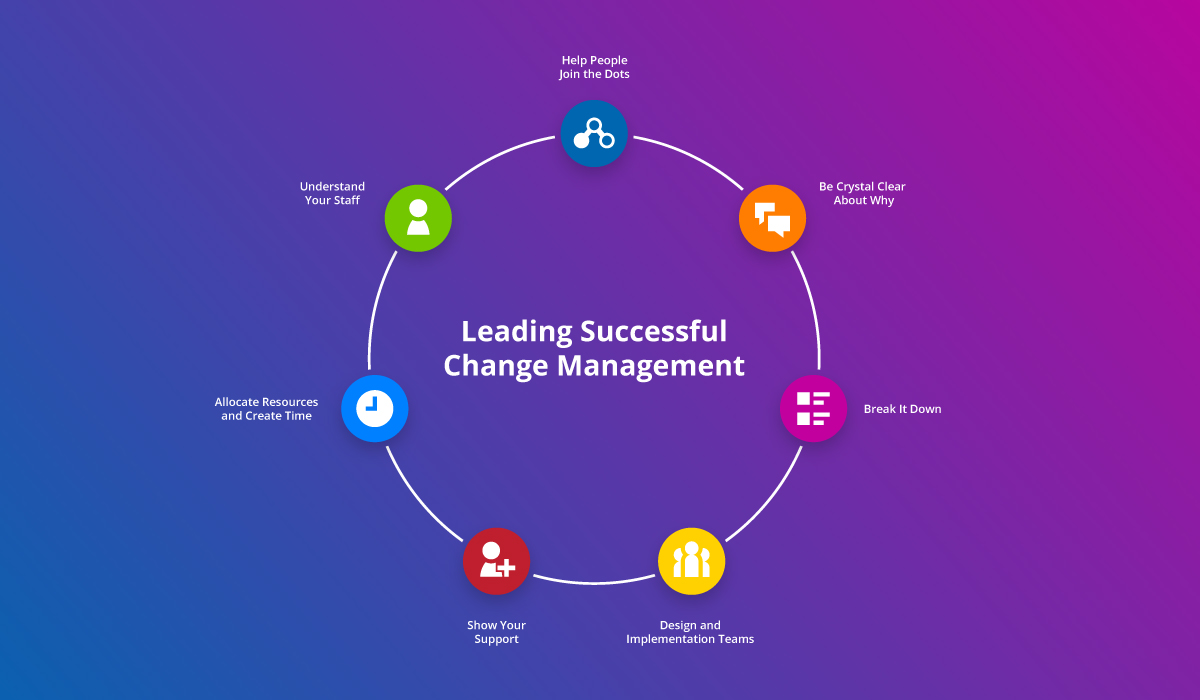In the event of a school shutdown, a familiar world can become incredibly unfamiliar. Opportunities that were never thought possible come to the forefront and there is an urgency to rethink existing models and frameworks.
Teachers, students and parents are left wondering how relationships built and nurtured in the classroom can be continued in a remote learning or distance education format.
First and foremost, it’s important to acknowledge and understand that transitioning to a model of distance learning will not always be smooth sailing, particularly if the transition is from one where students are primarily on-campus as is the case for a majority of K–12 schools.
A change of mindset in your entire school community will set the tone for success with distance learning delivery.
Importance of an all encompassing Learning Management System
The key to streamlining distance learning delivery is educational software like Learning Management Systems (LMS) and School Portals, which offer a solution to remotely connect your entire school community and ensure essential learning resources are accessible to today’s learners.
Schoolbox, an all-in-one LMS and engagement platform is capable of providing schools with the ability to deliver teaching and learning in a variety of models, whether they be remote or online learning, on-campus learning or through a blended learning approach.
5 key approaches to achieve success
With a Learning Management System and Community Portal, teachers are able to utilise a stable platform where students can access what they need at any time.
The key to success with distance learning delivery is to understand that simply replicating what happens in a classroom will not be achievable.
To get you started, here are five key approaches to effectively deliver distance learning education with minimal disruption to your students’ learning experience.
Key Approach 1: Engaging content
With students learning from home, it’s more important than ever that they adopt attitudes and behaviours that will help them stay self-motivated to complete coursework.
When utilising a Learning Management System such as Schoolbox, it is important to utilise tools that maintain student engagement.
It’s unrealistic to expect teachers and students to connect via live video for 5 to 6 hours a day. With limited face to face time between teacher and students, teacher instruction needs to be succinct, explicit and direct.
If your school has determined that it will maintain the timetable structure for teachers and students, start by using video for the beginning of scheduled lessons for the first 10 minutes.
You may also want to find ways to incentivise the agreed behaviours and expectations.
Ask students:
- To be on time.
- Set minimum participation expectations.
- Set student-led goals.
There will also be opportunities to highlight the importance of digital citizenship and how to respect each other online.
Key Approach 2: Provide more opportunities to connect
As teachers and students will no longer have the opportunity to connect face to face, it will be important to connect and communicate often in other ways.
Encourage the use of ‘back-channeling’ in your Learning Management System. Tools such as Forums, Social Streams and Chat rooms, will facilitate teacher to teacher, teacher to student, and student to student connections.
Providing opportunities to connect often and with purpose will help everyone feel less isolated from one another. It’s important to acknowledge that there may be an initial period where students appear ‘distracted’ by the opportunity to connect in this way, so continue to set clear expectations and consistently remind students of them.
Key Approach 3: Be realistic with expectations
Do not expect students to be online all day. You would not expect them to be while at school. The same goes for teachers. Encourage them to take breaks.
If they own a dog, suggest they go for a walk! If they are an avid reader, encourage them to take a 30 minute break to catch up on their latest novel.
It’s important to be flexible and allow both teachers and students the time to refresh, in much the same way they do during breaks on campus.

Key Approach 4: Ask for feedback
Once the transition has been made to a fully remote or virtual learning environment, be sure to seek feedback. Feedback from students, parents, teachers, your IT team and your Executive team, about how things are progressing.
It’s inevitable that mistakes will be made, with even the best laid plans needing alteration, so make the necessary tweaks as is required. Do not set and forget and if it’s not working, don’t be too hard on yourselves as everyone is working in the same way.
A reflective approach will allow all involved to ‘fail fast’, re-assess and/or re-design and keep moving forward.
Key Approach 5: Don’t forget to have fun
Above all else, keep the fun in the learning!
Remote learning will be new for all, so don’t be afraid to make mistakes. Gamify your instruction through Quizzes, provide opportunities for open discussion, and use ‘Exit tickets’ to measure understanding.
Include daily challenges or puzzles, hidden throughout tasks, or a series of clues that lead to the answer to a question over the week.
Take advantage of new creative learning approaches. Maybe start your online lesson by bringing your pet or have a compulsory discussion about something trivial. You could even end the lesson with a 2-minute dance party.
There is no limit to your creativity in the classroom, so imagine how you can use this with distance learning.

The rapid pace of daily life in K–12 schools, and the collaborative nature of their communities makes schools well-equipped to face the challenges associated with delivering distance learning. Of course, it may not always go to plan but with the right mindset, you will be able to create a safe, secure, and connected remote school learning community during any challenging period.
To get more tips and strategies to support your school with distance education, download our FREE eBook!






